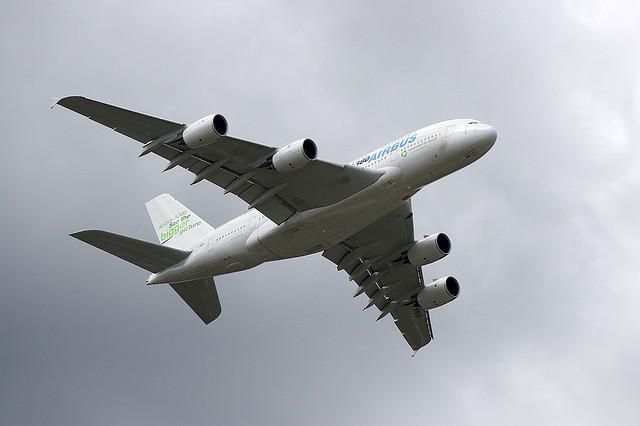The 3D printing of components are becoming more and more dominant in almost all the sectors. The aviation sector is yet another sector that seems to have surrendered to the 3D printing industry.
Airbus along with China’s North Western Polytechnic University (NPU) has signed an agreement on investigating the possible usage of 3D printing in the commercial aviation sector. Airbus wants to find out the potential of 3D printing technology in the sectors of manufacturing of individual parts or maybe an airframe structure for the company’s line of aircrafts. According to this agreement the prime objective of the project would be to print aircraft parts in one print job, the reduction of allowance and material deformation during the whole process of 3D printing. NPU will make test specimens while will be made of Titanium alloy parts for the Airbus with the help of its Laser Solid Forming technology. The specimen would be made according to the specification of the Airbus.
Airbus is also looking into making spare parts solutions and manufacturing larger aircrafts parts with the help of this technology. Airbus is emphasizing on the use of this technology because it is cost-effective and also parts which are out of production can be produced in matter of minutes.
3D printing can transform the way the aviation sector has been functioning for so many years. This transformation has been possible because of 3D printers and their ability to manufacture airplane parts at a much cheaper way and the icing on the cake would be that the component that are produced by these 3D printers is almost 55% lighter than those that are produced by the traditional methods.
The first commercial Airbus using this technology will be operational by 2016 and the mass production will start from 2018.
Image Credit: Peter Pearson (flickr handle: peterpearson)
